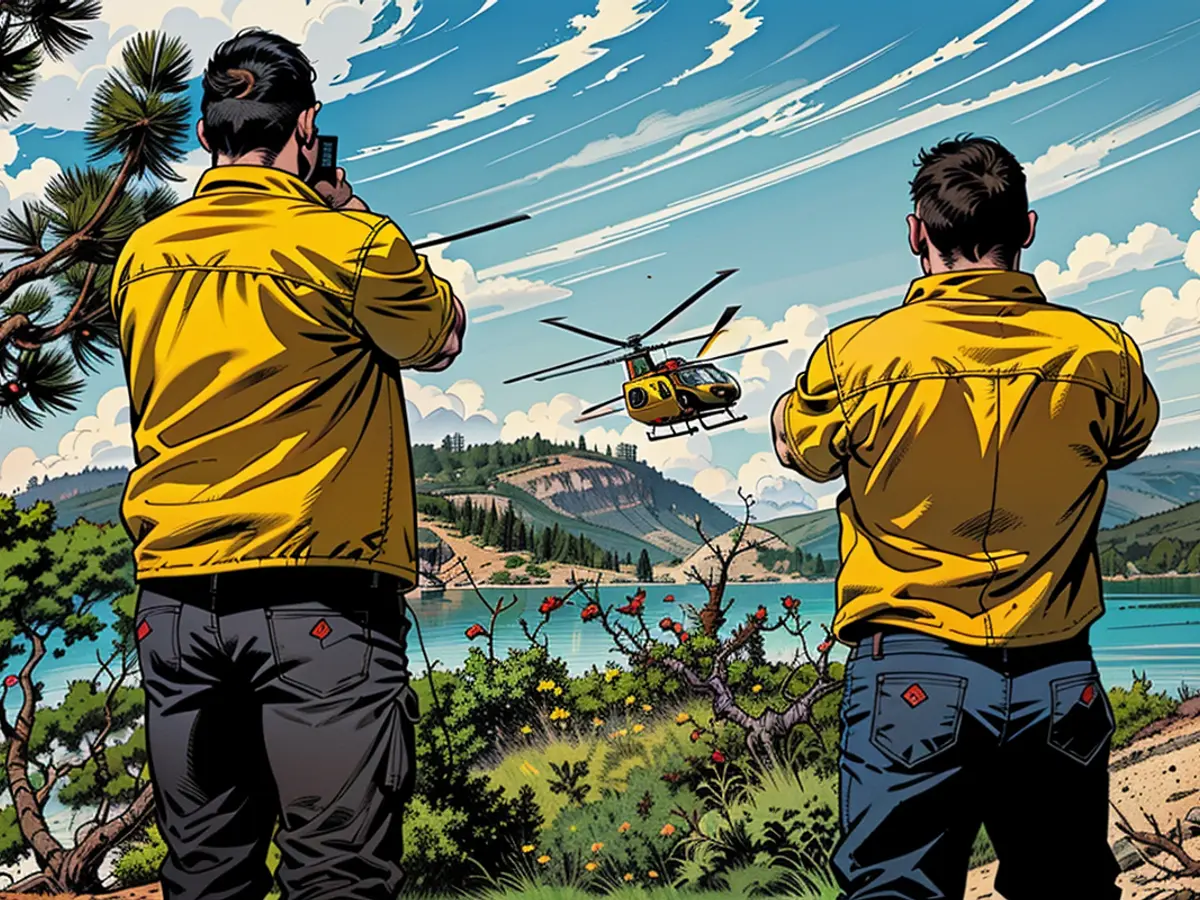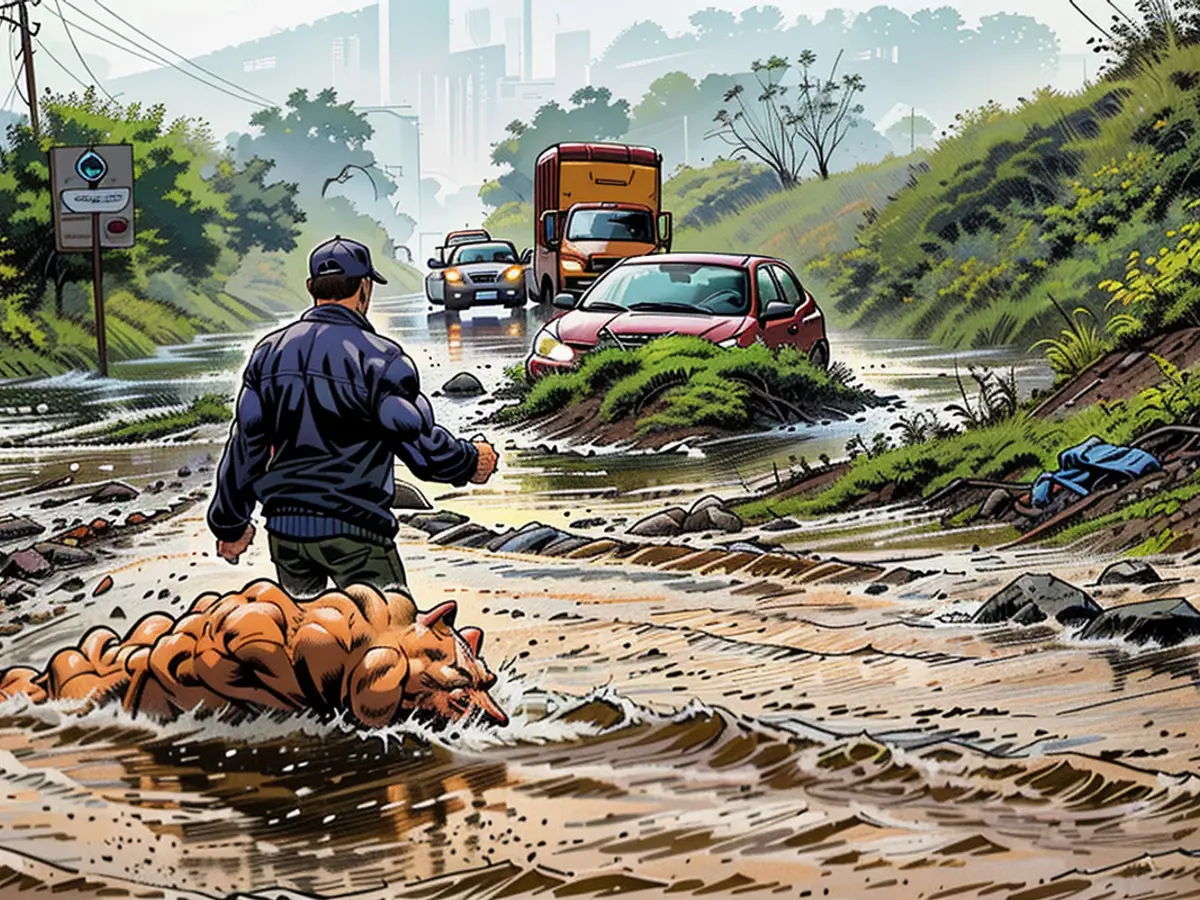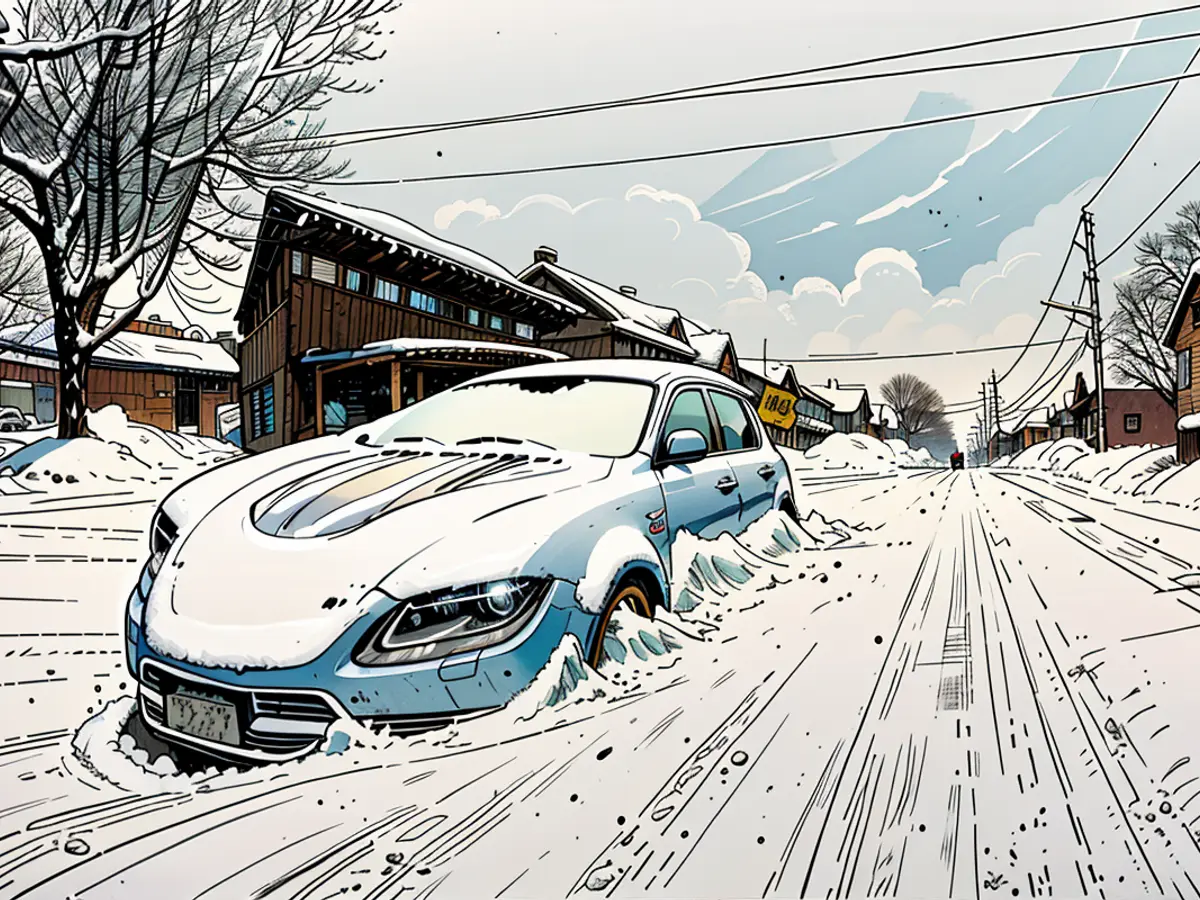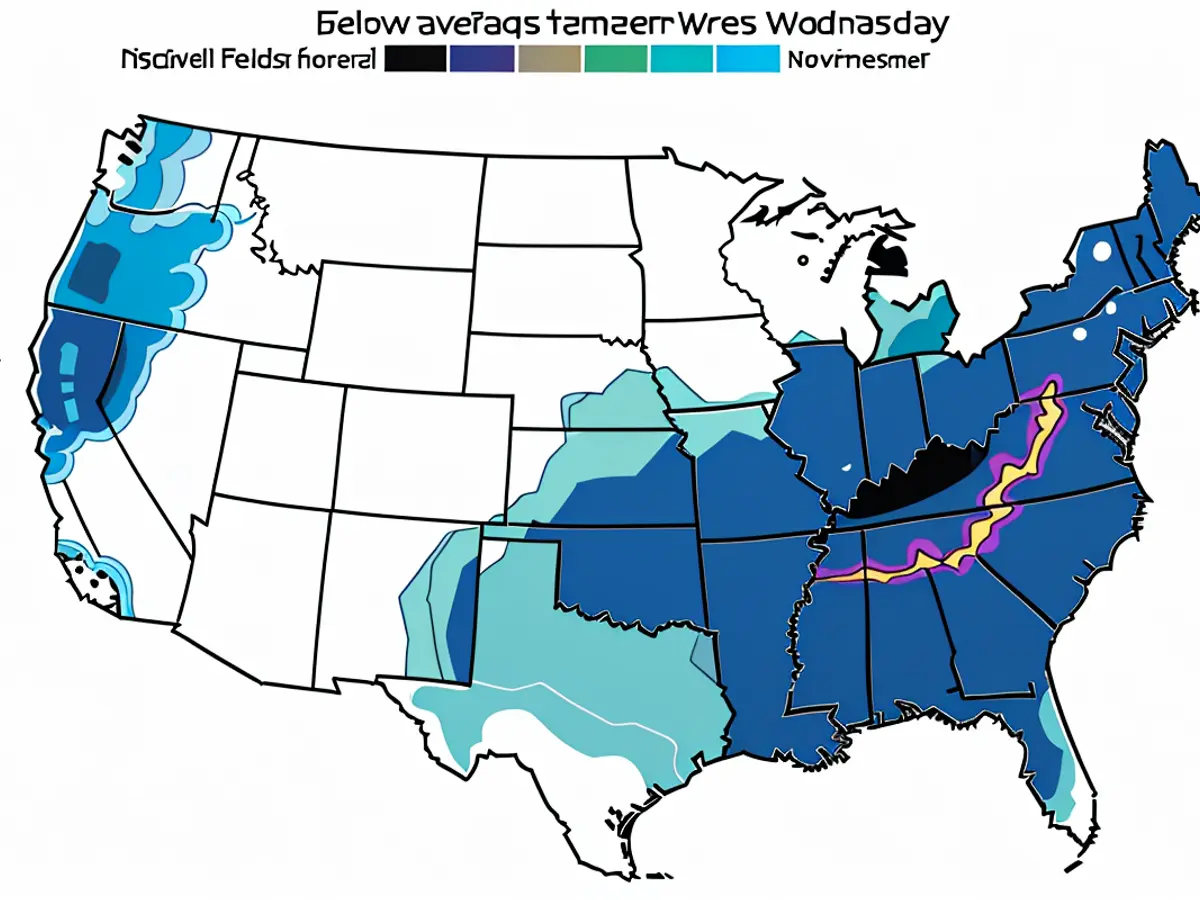The West is sizzling under extreme heat and bracing for the threat of more fires as thousands remain evacuated in California
The Thompson Fire has consumed over 3,500 acres in California’s Butte County since it was reported Tuesday and has forced evacuation orders for about 13,000 people in the Oroville, California, area. Hundreds of firefighters are battling the flames under the extreme heat.
Oroville resident Rachael Thompson could see the flames and smoke from her backyard before she and three of her family members fled their home Tuesday night.
“It was a rough night for our family,” Thompson told CNN in a message. “The smoke in our home was incredibly bad even with 4 purifiers going.”
Though she has since received word that the fire has moved away from her home, she worries for her neighbors and friends, many of whom are displaced and don’t know if their homes are still standing.
“We hope our friends and family’s homes make it and that they’re all safe,” she said.
Californians are all too familiar with the sudden devastation that wildfires bring. The Thompson Fire is burning just 20 miles south of Paradise, where California’s deadliest wildfire killed 85 people and destroyed thousands of homes in 2018.
There are now over two dozen active wildfires of varying sizes burning across California, and the Thompson Fire is the largest, according to Cal Fire.
“We’re seeing fires on the coast in San Diego, to the foothills in Butte,” Cal Fire Deputy Director Nick Schuler told CNN Wednesday. “Our firefighters are battling fires across California and often times on the line for more than 24 hours. It’s difficult conditions that they face.”
California Gov. Gavin Newsom declared a state of emergency for the area of the Thompson Fire Wednesday, clearing the path for additional resources, including the possibility of mobilizing the California National Guard to assist.
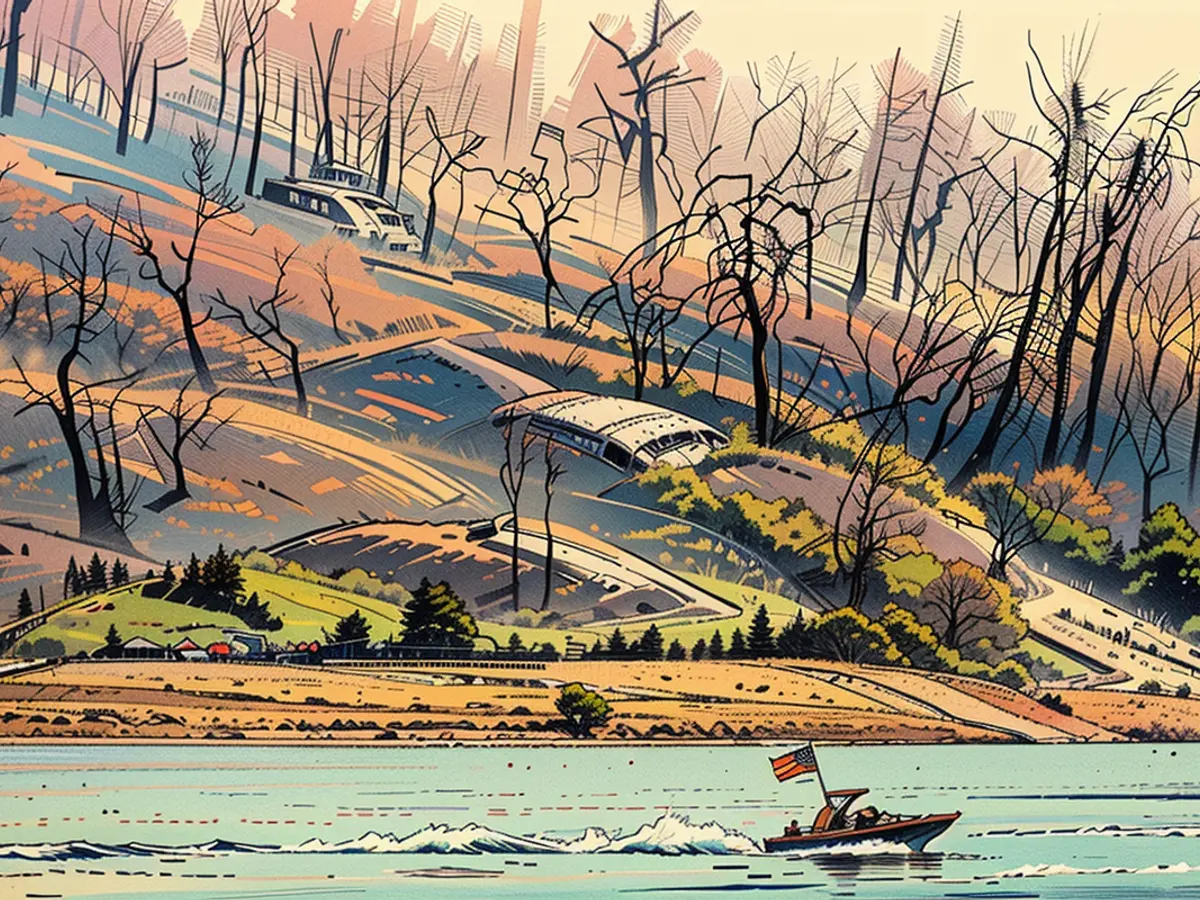
The state’s been seeing an active fire season, with 139,590 acres burned so far in 2024 compared to 7,812 acres burned by this time last year, according to Cal Fire.
“What we’ve seen so far in California – more than 600% increase in wildfires,” Schuler told CNN.
The extreme heat is combining with gusty winds and low humidity to set the stage for rapid fire spread through already parched vegetation. Red flag warnings are in effect across the West, including in the Thompson Fire zone.
“This winter we enjoyed a lot of precipitation and that brought a lot of vegetation that was green just a few weeks ago,” Schuler said. “Now, with that heat increased temperatures drying out, resulting in rapid fire growth across the state.”
“Firefighters are likely to have a very challenging week ahead,” Cal Fire officials said in a video update Tuesday. “All it takes is one spark to start a major wildfire putting lives at risk.”
Oroville will see record temperatures of 110 or more each of the next five days. Saturday may reach anall-time record high of 113 – making it that much harder for fire crews to fight the blaze.
No relief from the extreme heat for days
Record-breaking heat is making the Fourth of July week a dangerous one across much of the West and from the southern Plains to the Mid-Atlantic.
Nationwide, more than 145 million people across more than 20 states in parts of the Mid-South and West are under heat alerts – and there will be no relief until the middle of next week.
“The duration of this heat is also concerning as scorching above average temperatures are forecast to linger into next week,” the National Weather Service said. “Heat impacts can compound over time, therefore it is important to remain weather aware and follow the advice of local officials.”
Extreme heat is one of the leading weather-related killers in the United States, leaving hundreds of people dead each year, according to the National Weather Service.
The above-normal temperatures are expected to hit parts of Oregon and Washington beginning Friday as California continues to see record-breaking temperatures.
Some cities could swelter through multiple days of temperatures well above 100 degrees with some, including Sacramento, potentially seeing a full week of highs over 105 degrees.
Most of California outside of the immediate coastline is under excessive heat warnings. High temperatures from the upper 90s to as high as 115 degrees are possible.
Heat is expected to spread to the Northwest and to parts of Arizona including Phoenix by the weekend, where triple-digit temperatures are expected, with parts of Arizona seeing highs above 110 degrees.
CNN’s Gene Norman, Robert Shackelford, Sharif Paget, Melissa Alonso, Stephanie Elam, Jason Kravarik and Jim Castel contributed to this report.
Thompson expresses concern for her neighbors and friends who are affected by the fire, as many of their homes are still uncertain. (Thompson, friends, homes, uncertain)
California is experiencing an active fire season with 139,590 acres burned and a 600% increase in wildfires compared to last year, according to Cal Fire. (California, fire season, burned, Cal Fire, wildfires, increase)
